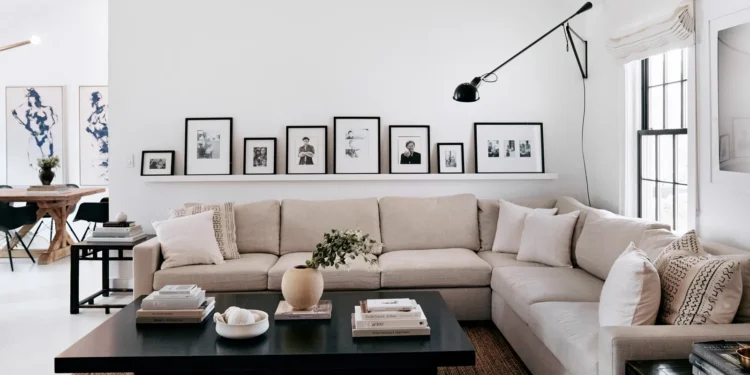Renovations can be a challenging task, but with proper planning and execution, it can result in a transformed space that is both functional and aesthetically pleasing. Whether you’re looking to revamp a small single room or undertake a full-scale renovation, this guide will provide valuable insights and information to help you get started with home renovations.
- Assess Your Needs and Wants
The first step to follow in any renovation project is to assess your needs and wants. Consider what you like and dislike about your current space, what changes you would like to make, and your budget for the project.
- Create a Plan
Once you clearly understand your needs and wants, creating a plan is time. It may involve working with an architect or designer, or you may tackle the project independently. Either way, take the time to properly plan out the renovation, considering the space’s layout, flow, and design elements.
- Set a Budget
One of the most significant aspects of any renovation is to set a budget. Determine how much money you must spend and prioritise which renovations are most important. Keep in mind that unexpected costs can arise, so it’s essential to have a contingency plan in place.
- Choose the Right Contractor
Selecting the right contractor can make all the difference in the success of your home renovations project. Look for contractors with a good reputation and track record, ask for references, and check their portfolio before making a final decision.
- Consider Energy Efficiency
Renovations are an excellent opportunity to make your home more energy efficient. It can include adding insulation, upgrading windows and doors, and installing energy-efficient appliances. Not only will this help lower your energy bills, but it will also heal the environment.
- Incorporate Storage Solutions
One of the most common challenges with renovations is finding ways to maximise storage space. Incorporate storage solutions, such as built-in shelving and cabinetry, into your design plans to ensure that your area is functional and organised. Also, consider multi-functional furniture items that serve more than one purpose, such as a storage ottoman or a coffee table with built-in drawers.
7. Think About Lighting
Lighting can significantly impact your space’s overall look and feel. Choose lighting fixtures that complement your design style and provide ample light for each area of your home. Consider adding dimmer switches for versatility and creating different lighting zones to set the mood for other activities.
8. Use Neutral Colours
When renovating, neutral colours are often the safest bet. Neutral colours provide a blank canvas that can be easily decorated with pops of colour and have a timeless appeal that won’t go out of style. Consider using neutral colours on walls, flooring, and cabinetry and then adding accent pieces to add personality to your space.
9. Stay True to Your Style
Finally, staying true to your personal style when undertaking a home renovation is essential. While it can be tempting to look for trending designs, choosing elements you love and will enjoy for years to come is essential. Whether you prefer a classic, traditional finish or a more modern, eclectic style, make sure that your renovation reflects your unique style.
By following these guidelines, you’ll be well on your way to transforming your space and creating a home that is both functional and beautiful. With proper planning and execution, your renovation can be a rewarding and enjoyable experience.













